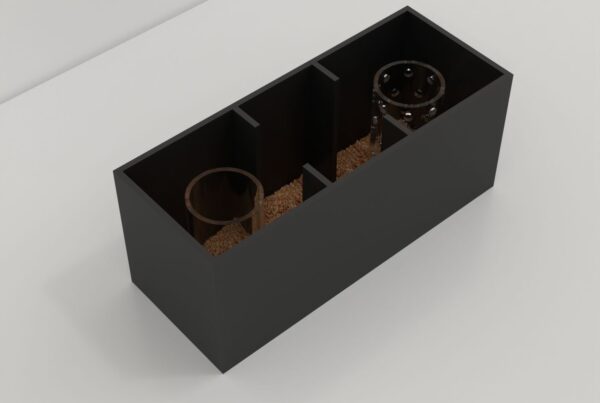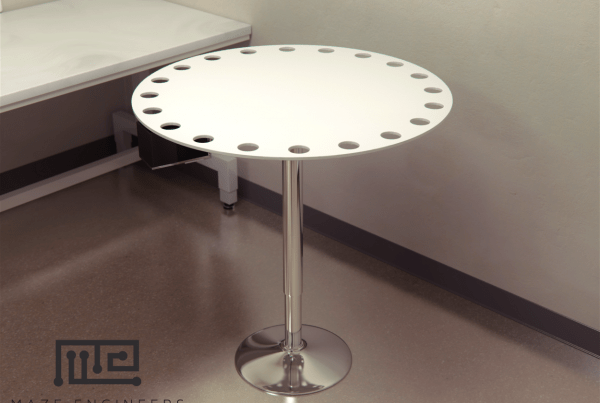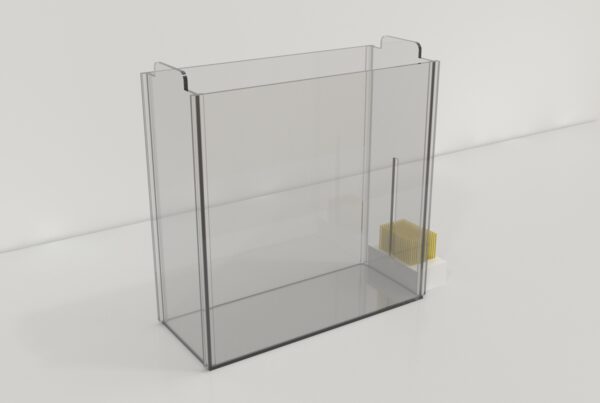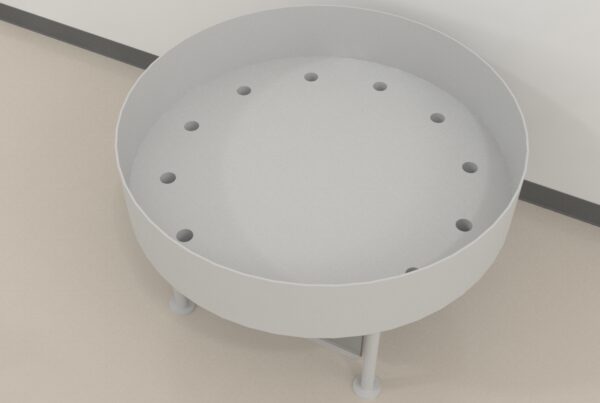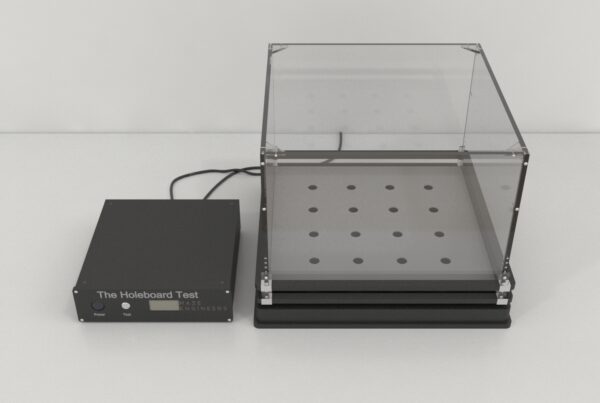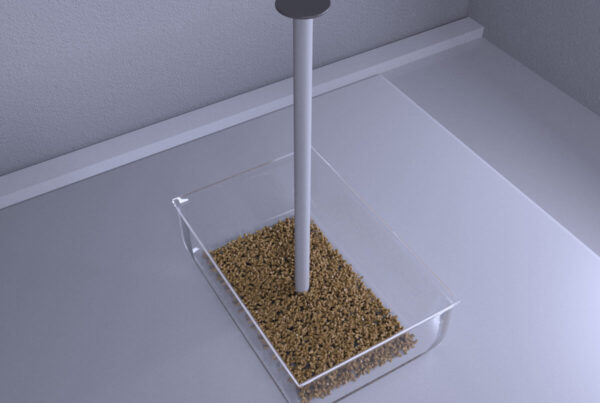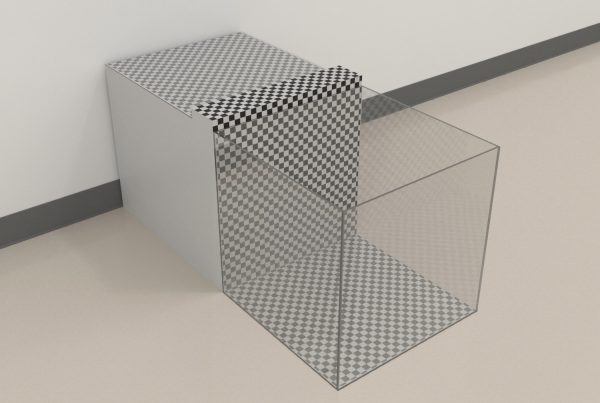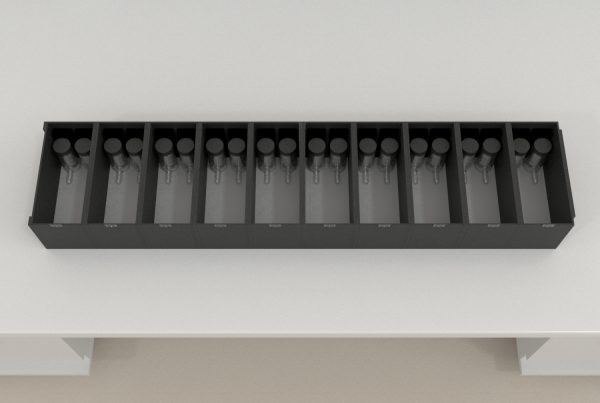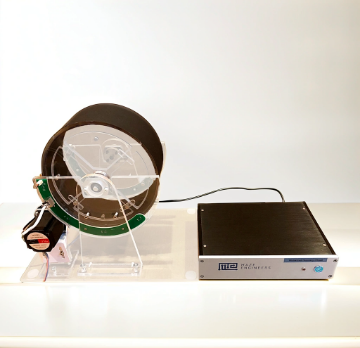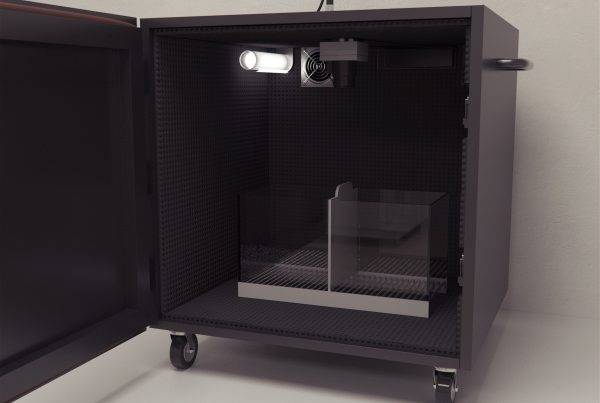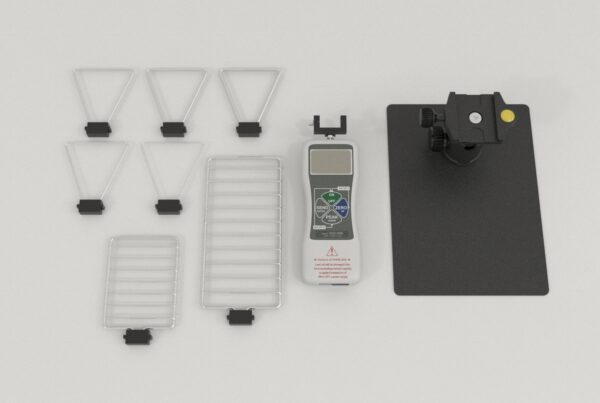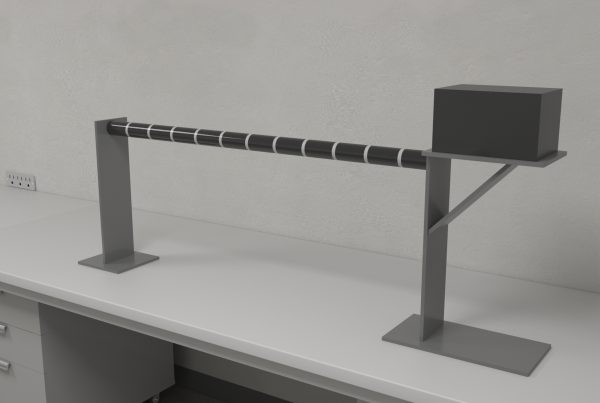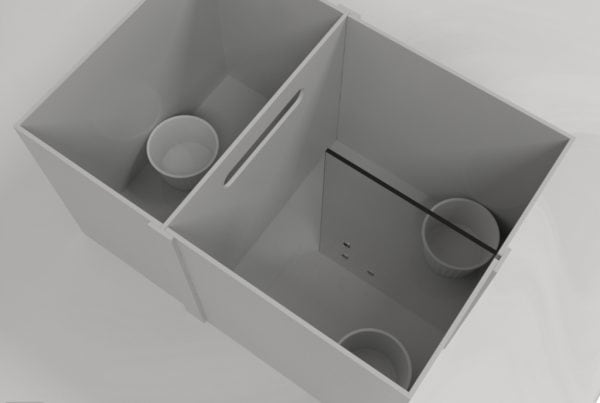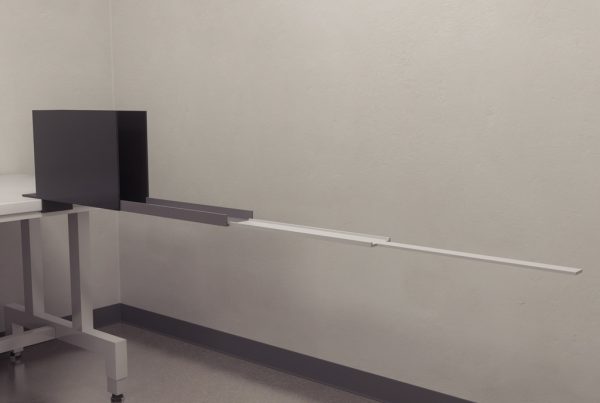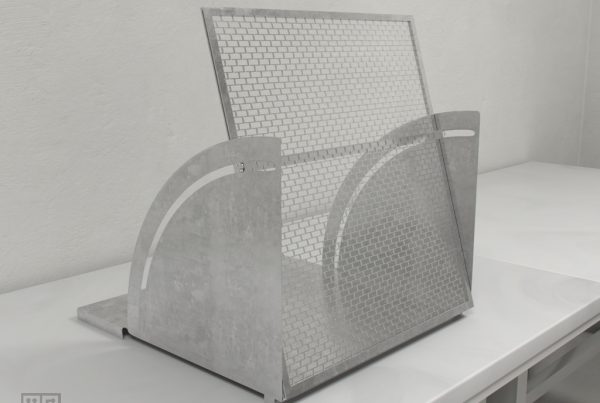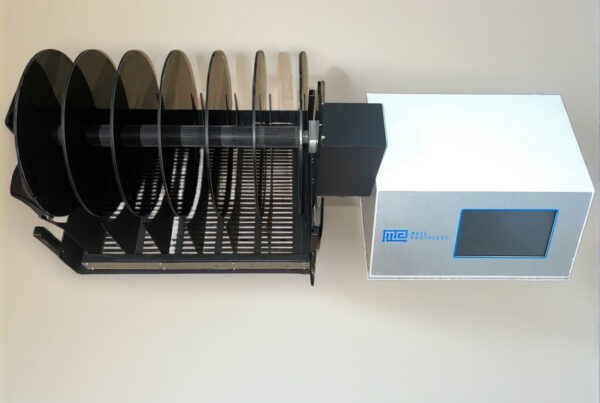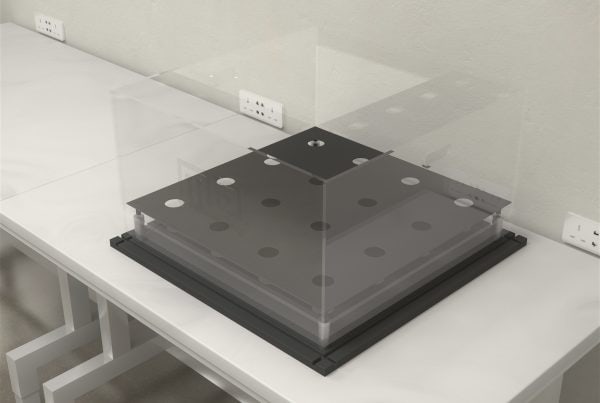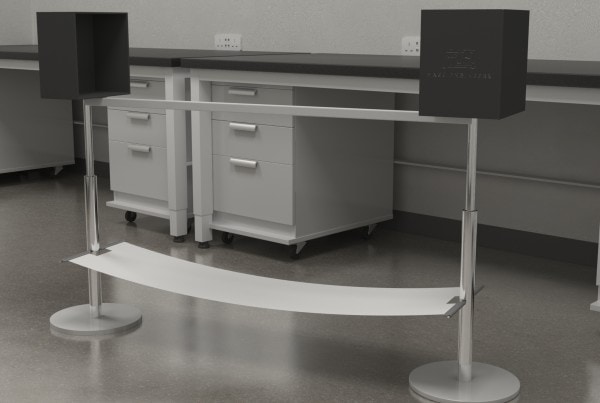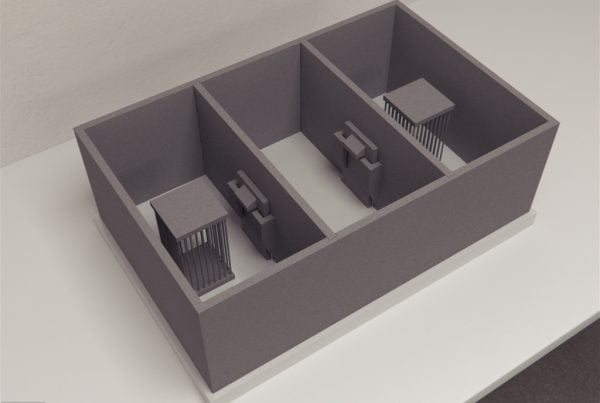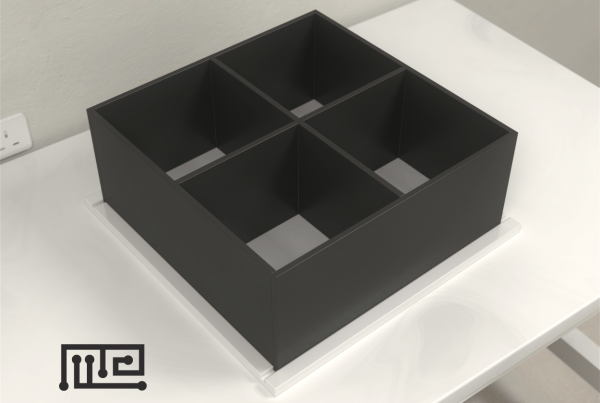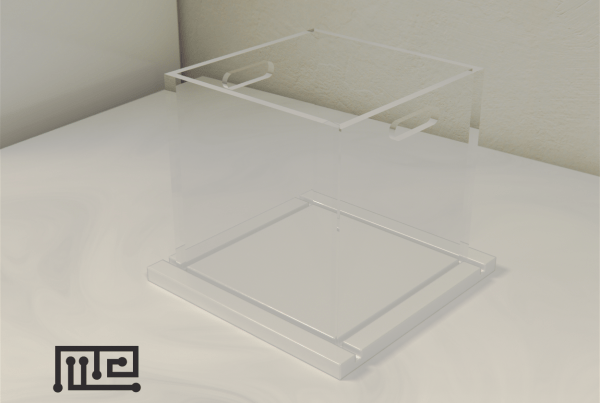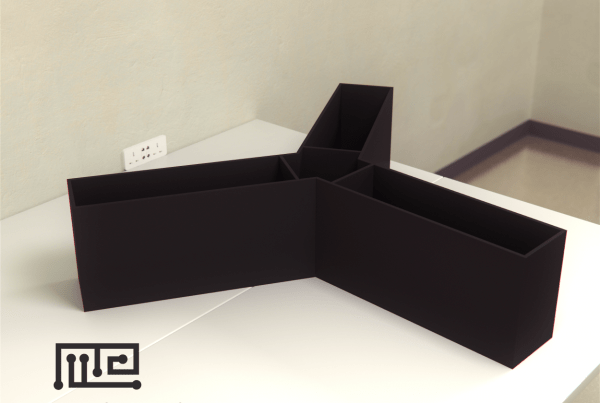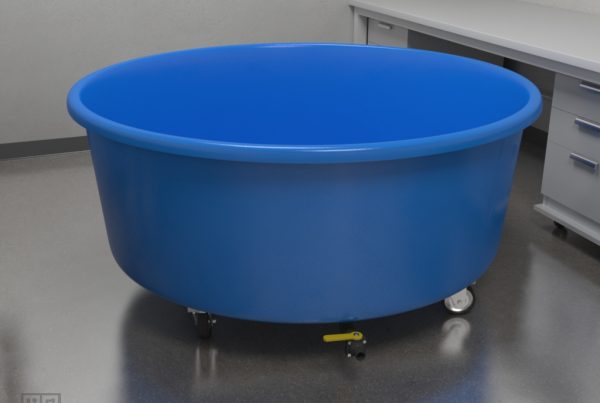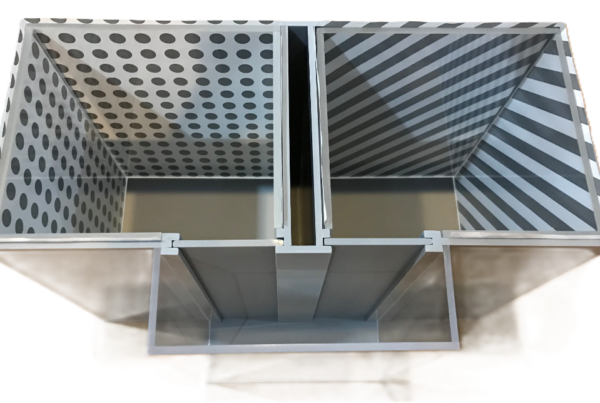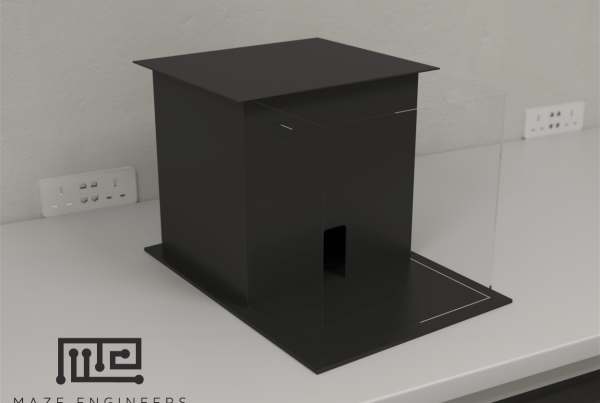Cognition, Learning and Memory Research
Mutlu et al. (2015) explored the effects of 7-nitroindazole (7-NI) and 1H-[1,2,4]oxadiazolo[4,3-a]quinoxalin-1-one (ODQ), Nitric oxide synthase and guanylate cyclase inhibitors respectively, on the spatial memory of male Balb-c mice. The subjects were either treated with 7-NI (15 mg/kg), ODQ (3, 10 mg/kg), L-arginine (100 mg/kg) + 7-NI (15 mg/kg), or physiological saline and evaluated on the Elevated Plus Maze, the Morris Water Maze and the Radial Arm Maze. Treatment with the drugs prior to acquisition in the Elevated Plus Maze task did not affect performances; however, both 7-NI and ODQ resulted in increased retention latency on the second day. Both the inhibitors also significantly increased escape latency in the Morris Water Maze task. In the probe trials, it was further observed that the inhibitor drugs reduced the time spent in the target while increasing the mean distance to the escape platform. In the Radial Arm Maze task, the number of errors was significantly increased for both inhibitor drugs, while an increase in latency was only observed for 7-NI.
Knocking out of Kv4.2, a subunit of the A-type potassium channel involved in the mediation of pyramidal neurons excitability in the cortex and hippocampal dendrites has been observed to affect learning. Lugo, Brewster, Spencer, and Anderson (2012) observed that the Kv4.2 knockout mice showed a learning deficit specific to the contextual condition in the Fear Conditioning Chamber test. Further, in the Morris Water Maze task, the knockout mice swam longer paths and lacked in learning to find the platform in comparison to the controls. Smith, Gao, and Lugo (2016) further assessed spatial learning impairment resulting from Kv4.2 knockout by evaluating performances in less stressful, appetitive learning based Lashley Maze. Though the knockout mice made more error across 15 trials in the maze, performances by the end of testing were similar to the controls. Learning impairment by the knockout mice was mostly observed in the early phases of the maze task.
Yamada and Sakurai (2018) utilized the Barnes Maze to assess observation-based learning of the task by male Long Evans hooded rats. The study involved two sets of rats, one of which served as the model rats while the other severed as the observer rats that had to learn the escape route based on model rats’ performances. The model rats were first trained in the maze for 5 days before the observer rats were introduced to the set-up. The observer rats were held in wire cages while the model rats performed the task over the course of 5 days. Following training, the observer rats were allowed to perform the task on their own. It was observed that the observer rats found the escape hole significantly faster in comparison to the model rats; thus, confirming observation-based learning among rats.
Souza et al.’s (2018) investigated fear memory in male Sprague-Dawley rats exposed to fear-conditioning using their novel automated M-Maze. After shaping trials in the M-Maze rats were subjected to Single Prolonged Stress (SPS) protocol which was combined the Auditory Fear Conditioning (AFC) after 7 days for one of the treatment groups. Following the stress and fear protocols, the rats were once again retrained in the M-Maze. While SPS group were no different from controls in the M-Maze, the AFC and SPS+AFC groups displayed a significant increase in the first sound transit time, increased average transit times and higher suppression ratio in comparison to controls. Another treatment group was subjected to Protracted Aversive Conditioning (PAC) which involved eight conditioned and unconditioned stimuli pairings a day using delay, unpredictable, short and long trace conditioning. It was observed that PAC and SPS+PAC groups displayed impaired extinction, had higher transit times and suppression ratio in comparison to controls in the M-Maze. Nose poke suppression continued to be displayed 3 and 5 weeks after fear-conditioning in PAC and SPS+PAC groups, respectively.
Social Behavior Research
Henbid et al. (2017) examined the effects of Z944, a clinical stage pan-T type calcium channel blocker, on the sociability behaviors of Genetic Absence Epilepsy Rats from Strasbourg (GAERS) non-epileptic control (NEC) rats. When drug naïve males and females were assessed in the Sociability Chamber, both GAERS sexes displayed a significant decrease in total distance traveled, though sociability impairment was only observed in the female GAERS. Based on the observed deficits, only females were treated with 5 ml/kg intraperitoneal injections of Z944 at 5 mg/kg dose to assess the effect of the drug on sociability. In comparison to vehicle-treated controls, both Z944 treated NEC and GAERS covered relatively less distance overall. Treated GAERS showed a significant increase in total stranger cage exploration in comparison to their vehicle-treated counterparts. On the other, in comparison to the vehicle-treated NECs, vehicle-treated GAERS displayed significantly reduced duration discrimination ratio (DR).
Cao et al. (2017) investigated the effect of environmental enrichment on the behaviors of male Sprague-Dawley rats. Rats that received environmental enrichment showed significant submissive behaviors in the Tube Dominance Test when paired with rats maintained in standard cages. However, no difference in the total amount of food foraged by either treatment groups could be observed in the competitive food foraging test. On the other hand, rats that received environmental enrichment were more attractive to females. Female rats without any prior sexual experiences spent significantly more time in the enriched environment exposed rat’s chamber in the mate preference test (see also Social Reward Chamber). Further analysis revealed the rats exposed to environmental enrichment had reduced number of microglia in the hypothalamus, though no other cell types were affected.
Manz, Levine, Seckler, Iskander, and Reich (2018) induced Social Defeat Stress (SDS) in adolescent male Sprague Dawley and Long Evans rats using the resident-intruder paradigm (see Resident-Intruder Chamber). Since the Long Evan rats are considered to be more aggressive than the Sprague-Dawley rats, they served as the resident while the latter as an intruder. The residents were exposed to a new intruder for every trial that applied periods of sensory contact only, physical contact and sensory contact only in that order. It was observed that the Sprague-Dawley rats that served as the intruders displayed significantly more attacking behaviors than the residents. The protocol also led to induction of depressive-like behaviors as observed by the higher immobility time in comparison to other groups in the Forced Swim Test. The Long Evan residents also displayed higher freezing responses in the Fear Conditioning Chamber.



